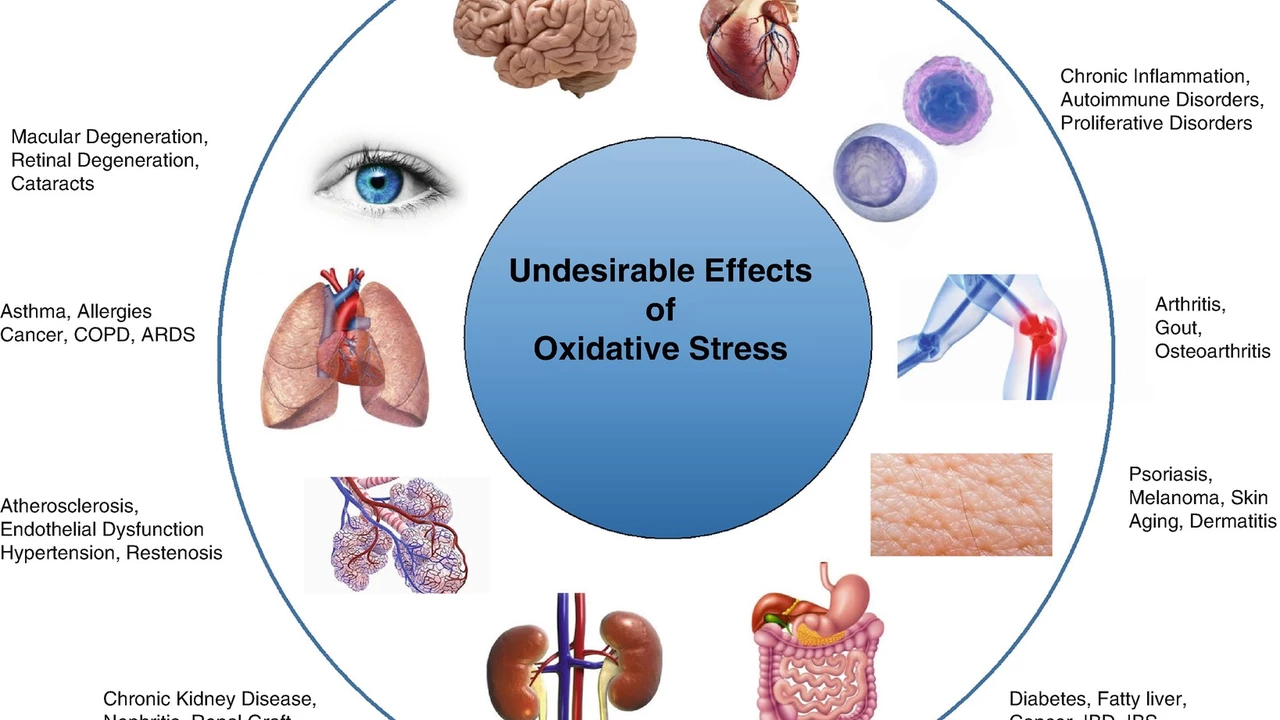Celiac disease
Celiac disease is an immune reaction to gluten that damages the small intestine. It affects about 1% of people worldwide and can show up any age. Some have classic gut problems like diarrhea, bloating and weight loss. Others get non‑digestive signs such as iron‑deficiency anemia, chronic fatigue, unexplained neuropathy, infertility or a skin rash called dermatitis herpetiformis. Children may show delayed growth or failure to thrive.
If you suspect celiac disease, get tested before you start a gluten‑free diet. Initial tests are blood tests: tissue transglutaminase IgA (tTG‑IgA) plus total IgA, and sometimes deamidated gliadin peptide (DGP) tests. If blood tests suggest celiac, most doctors recommend an endoscopic biopsy of the small intestine to confirm the diagnosis. Genetic tests for HLA‑DQ2 or DQ8 can help rule out celiac if negative, but a positive result alone doesn’t prove disease.
Treatment is a strict, lifelong gluten‑free diet. That means avoiding wheat, rye and barley in forms. Even small amounts of gluten from cross‑contamination or hidden ingredients can keep the immune reaction active. Oats are often tolerated but must be certified gluten‑free because of cross‑contact during processing. Work with a registered dietitian experienced in celiac disease to make safe food swaps and to avoid nutritional gaps.
People with celiac commonly have or develop nutritional deficiencies. Check iron, folate, vitamin B12, vitamin D and calcium levels when you’re diagnosed. Bone density testing is a good idea if you have long‑standing disease or low vitamin D. Supplements may be needed short term while the intestine heals.
Follow‑up care matters. Expect repeat blood tests (tTG‑IgA) after starting a gluten‑free diet to track response. If symptoms or antibodies don’t improve, talk to your clinician—persistent symptoms can mean ongoing gluten exposure, refractory celiac, or another disorder like small intestinal bacterial overgrowth (SIBO) or microscopic colitis.
Practical tips: - Read labels carefully and learn common gluten-containing ingredients (malt, semolina, modified food starch unless labeled gluten‑free). - Eat naturally gluten‑free whole foods: rice, potatoes, quinoa, fruits, vegetables, meat, fish and legumes. - When eating out, ask how foods are prepared to avoid cross‑contact. - Use gluten‑free certification marks and mobile apps from trusted organizations.
Watch for complications if celiac is untreated: osteoporosis, infertility, low blood proteins, and, rarely, certain intestinal lymphomas. Regular follow‑up and strict diet largely reduce these risks.
If you have family members with celiac disease, consider testing because first‑degree relatives have higher risk. For kids, early diagnosis and dietary support prevent growth and developmental problems. Celiac can feel overwhelming at first, but clear testing, a solid plan with a dietitian, and practical food skills make life manageable and healthy.
Carry a doctor’s note when traveling to explain your diet. Gluten can hide in medicines, supplements and sauces, so check with a pharmacist if in doubt. If you struggle with mood changes or brain fog, mention it—many people improve after healing. Local support groups and online communities can speed up learning practical fixes. Regularly review your labels; manufacturers change recipes without notice. Plan follow-up blood tests and a DXA scan.

